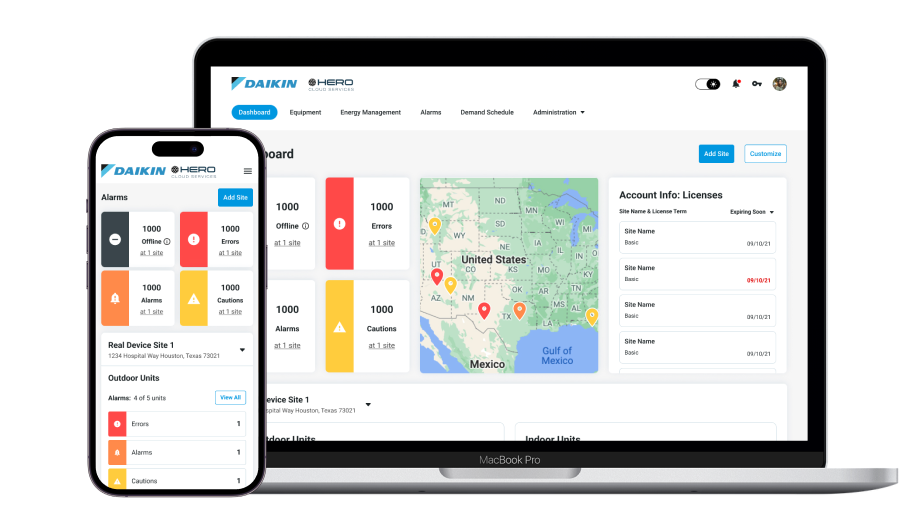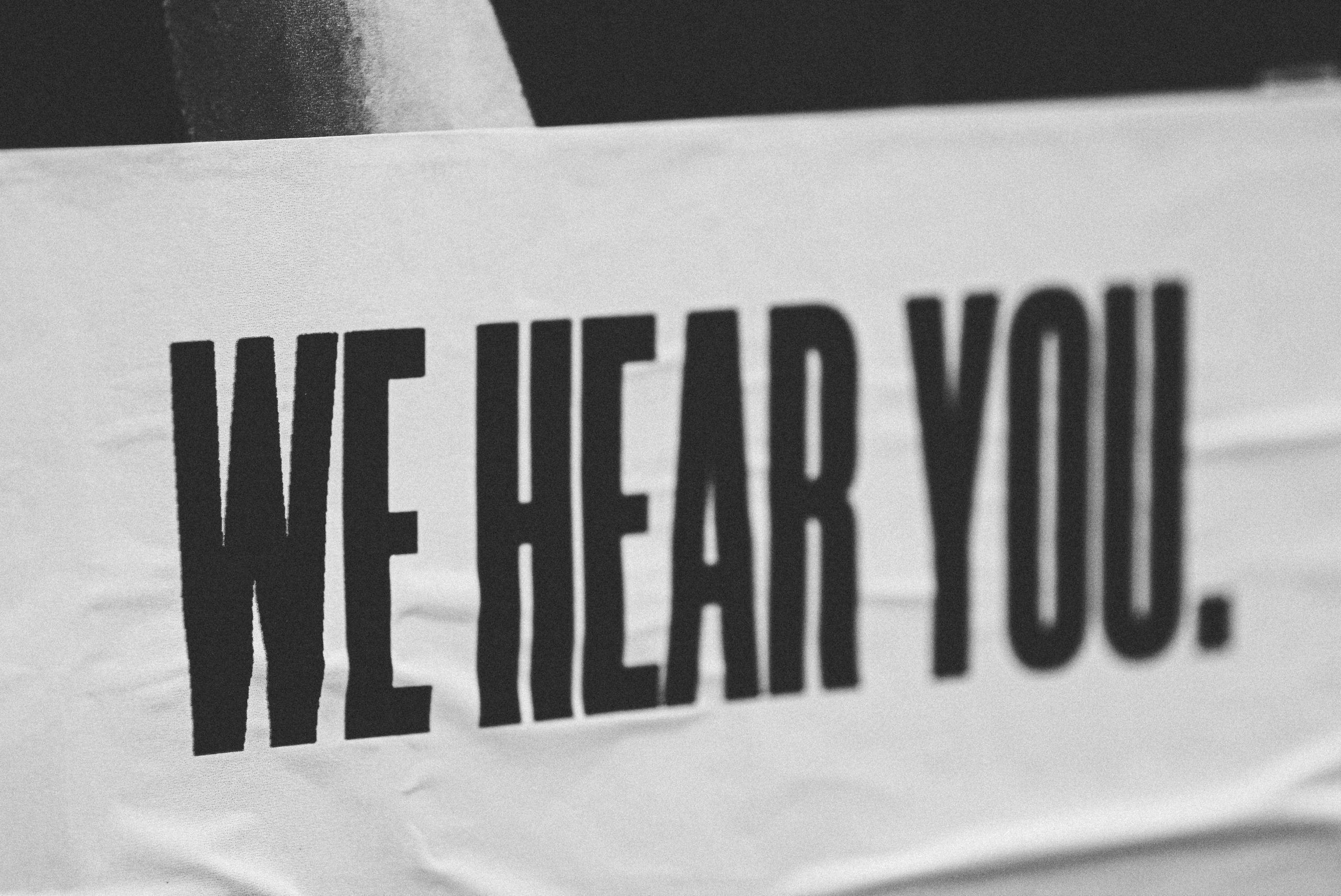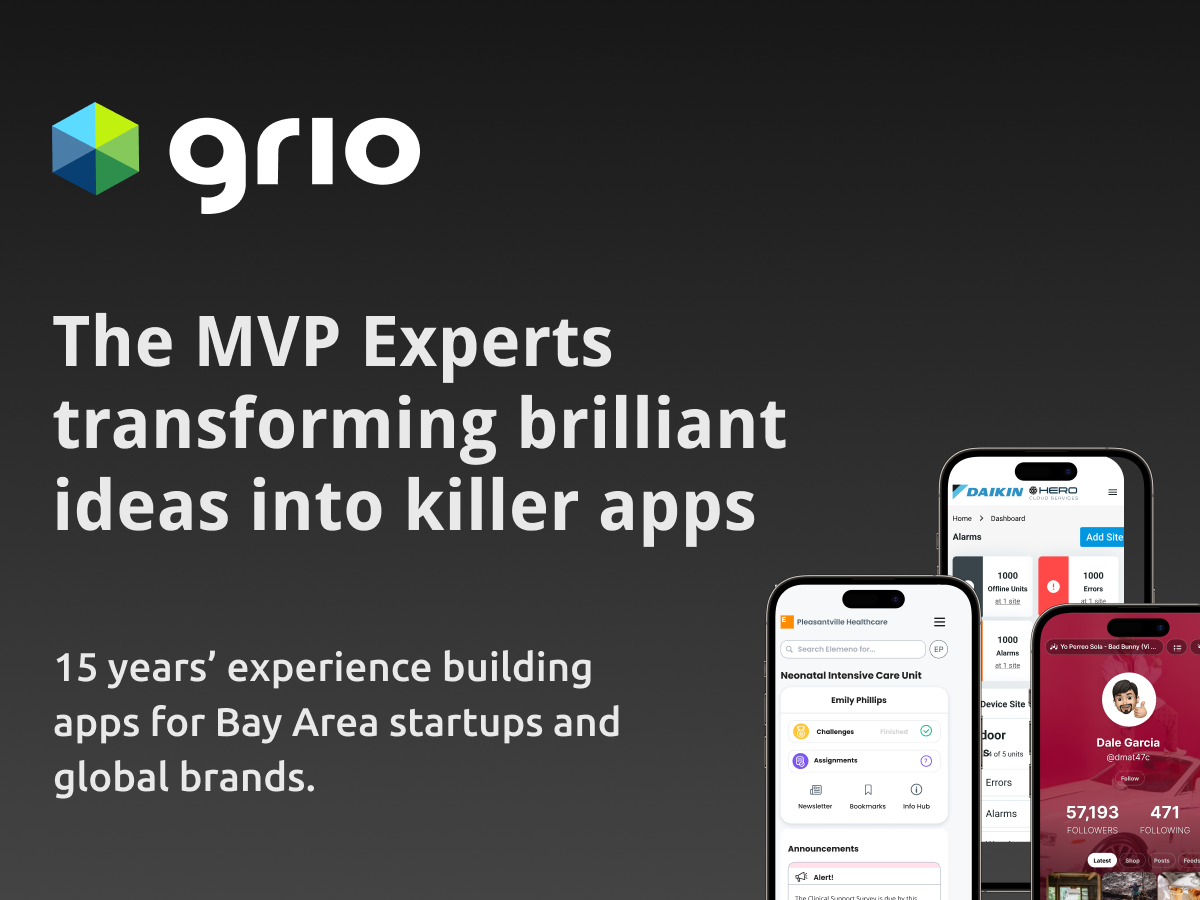The Six Keys of Quality Assurance

No matter how good your software development team is, every software build comes with bugs. Whether it’s an error in the code or an overlooked redirect, each mistake leads to frustrations for both developers and users.
That’s why Quality Assurance (QA) is so important. QA, the process of rigorously testing, fixing, and enhancing your software, gives you the confidence that you’re releasing the best possible product. In today’s competitive market, QA helps you deliver software that exceeds user expectations from the get-go.







